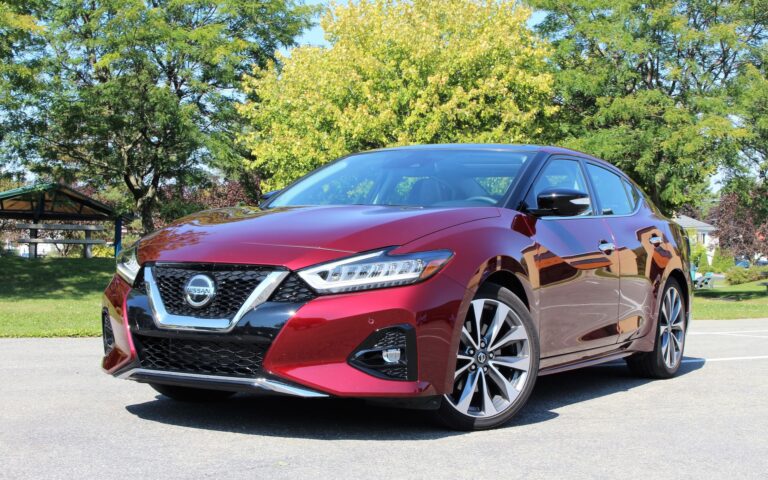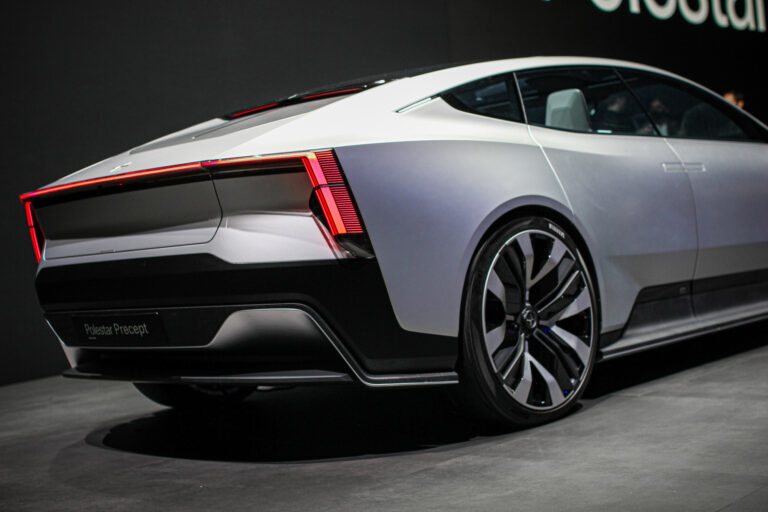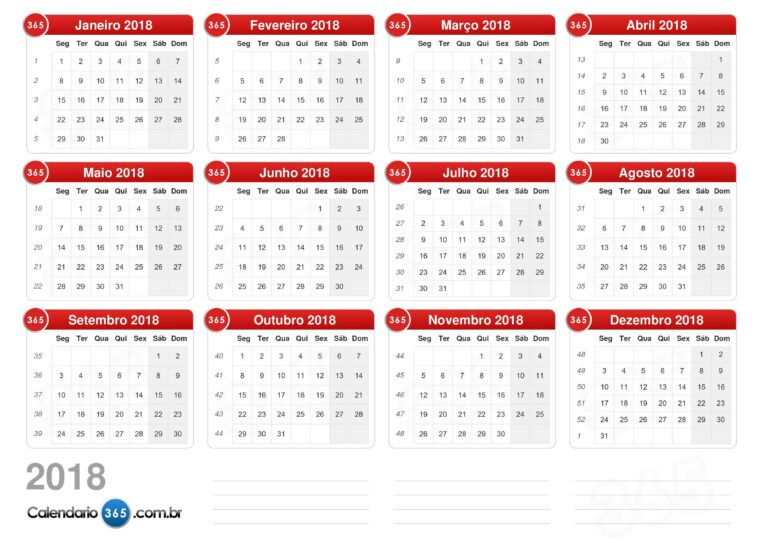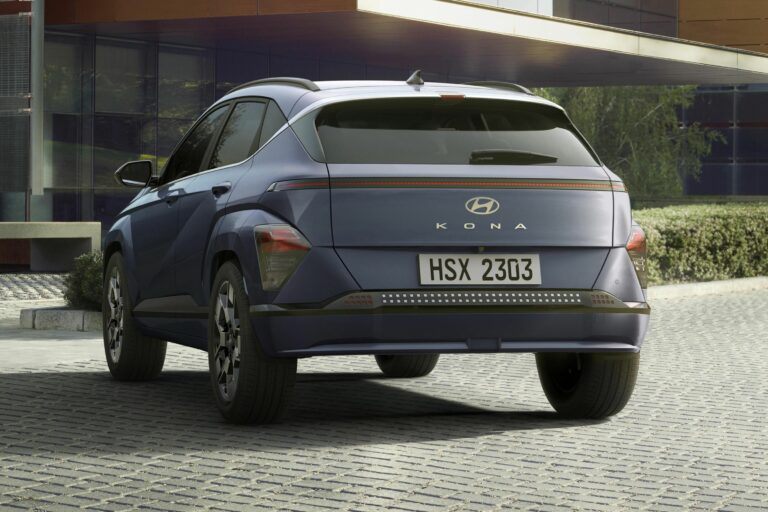The Sonic Time Machine: A Deep Dive into 80s Car Stereo Brands
The Sonic Time Machine: A Deep Dive into 80s Car Stereo Brands cars.truckstrend.com
The 1980s was more than just big hair, neon colors, and synthesizers; it was a decade of profound transformation for automotive audio. Gone were the days of simple AM/FM radios, replaced by a dazzling array of sophisticated car stereo systems that transformed the mundane act of driving into a personal concert experience. For many, the car stereo was not just a source of music but a statement of identity, a technological marvel, and a status symbol. This era saw an explosion of innovation, fierce competition among manufacturers, and a passionate culture of aftermarket upgrades. Join us as we journey back to explore the iconic 80s car stereo brands that defined a generation’s in-car entertainment.
The Golden Age of Car Audio – Why the 80s Mattered
The Sonic Time Machine: A Deep Dive into 80s Car Stereo Brands
The 80s marked a pivotal shift in how we consumed music on the go. The compact cassette, introduced in the 60s, truly came into its own, offering portability and personal music libraries that vinyl couldn’t match in a vehicle. This format’s dominance fueled a demand for more advanced playback features. Simultaneously, the nascent arrival of the Compact Disc (CD) at the decade’s close hinted at the digital revolution to come.
This period witnessed the rapid evolution of in-dash units from basic tuners to multi-functional head units featuring graphic equalizers, advanced cassette mechanisms, and even the first in-car CD players. Power output increased, external amplifiers became commonplace, and the concept of "system building" – combining head units, amplifiers, speakers, and subwoofers – took hold. The aftermarket car audio industry boomed, giving consumers unprecedented choices and ushering in an era where sound quality, power, and elaborate features were paramount.
The Titans of Tone – Iconic 80s Car Stereo Brands
The landscape of 80s car audio was dominated by a handful of brands, each carving out its niche with distinctive features, sound signatures, and design philosophies.
-
Pioneer: A true powerhouse, Pioneer was synonymous with innovation and accessibility. Their "Supertuner" series revolutionized radio reception, making long drives more enjoyable. The KE series cassette receivers were ubiquitous, offering features like auto-reverse and Dolby noise reduction. Perhaps their most groundbreaking contribution was the Pioneer CDX-1, released in 1984 – the world’s first car CD player, a testament to their foresight in digital audio. Pioneer units were known for their robust build and user-friendly interfaces.
-
Alpine: Often considered the pinnacle of high-end car audio in the 80s, Alpine epitomized premium sound and sleek design. Their units were favored by audiophiles and those seeking pristine audio quality. Alpine was an early adopter of features like removable faceplates for security and was known for its clean, powerful amplification. Models like the 7909 CD tuner became legendary, setting benchmarks for performance and clarity.
-
Kenwood: A formidable competitor to Pioneer and Alpine, Kenwood offered a compelling blend of features, reliability, and excellent sound. Their KRC series cassette receivers and later CD players were highly popular, often boasting sophisticated graphic equalizers and spectrum analyzers that visually danced to the music, adding a touch of futuristic flair to dashboards. Kenwood struck a balance between performance and value.

-
Sony: A global electronics giant, Sony naturally extended its dominance into car audio. While initially a bit behind in the car CD player race, they quickly caught up, leveraging their expertise from home audio. Their ES (Elevated Standard) series represented their high-end offerings, known for their precision engineering and audiophile-grade components, bringing the Walkman’s portability and CD’s clarity to the car.

JVC: Known for their innovation in video technology, JVC also made significant strides in car audio. Their head units often featured advanced digital tuners and unique designs. They were among the brands that pushed the envelope with multi-media capabilities, even before "multi-media" was a common term, making them a strong contender in a competitive market.
-
Blaupunkt: Hailing from Germany, Blaupunkt brought European elegance and engineering precision to the car audio scene. They were particularly renowned for their strong radio tuners and the iconic "pull-out" units, which allowed the entire stereo to be removed for security – a popular feature in Europe and adopted globally. Blaupunkt units offered a distinct, refined sound profile.
-
Clarion: Clarion was a consistent player throughout the 80s, offering a diverse range of head units from entry-level to high-end. They were known for their reliable performance and often integrated comprehensive graphic equalizers, appealing to users who wanted fine control over their sound. Clarion units were a popular choice for their balance of features and affordability.
-
Nakamichi: For the absolute purist, Nakamichi stood in a class of its own. Renowned for their unparalleled cassette deck technology in home audio, they brought that same uncompromising commitment to fidelity to the car. Their car cassette receivers, like the TD-700, were masterpieces of engineering, offering incredible wow and flutter specifications and a sound quality that rivaled early CDs, albeit at a very high price point.
-
Concord: A niche high-end brand, Concord focused on delivering audiophile-grade sound quality, often with a minimalist aesthetic. While not as widely known as the larger brands, their units were highly respected by those who prioritized sonic purity above all else.
-
Denon: Another brand with a strong reputation in home high-fidelity, Denon entered the car audio market with units that emphasized precision engineering and high-quality sound reproduction, appealing to discerning listeners.

Technological Leaps and Sonic Signatures
The 80s was a hotbed of technological advancements that shaped the car audio experience:
- Cassette Dominance: Auto-reverse mechanisms became standard, allowing continuous playback. Dolby B and C noise reduction technologies significantly improved sound quality by reducing tape hiss, making cassettes a viable high-fidelity format for the car. Metal tape compatibility further pushed the sonic envelope.
- The Dawn of Digital: While expensive, the introduction of the car CD player by Pioneer marked the beginning of the end for analog dominance, offering superior dynamic range and clarity.
- Graphic Equalizers & Spectrum Analyzers: These became a visual and functional centerpiece. EQs allowed users to sculpt their sound, boosting bass or treble, while spectrum analyzers provided a mesmerizing light show, visually representing the music’s frequencies.
- Power and Amplification: Built-in amplifier power increased, but external amplifiers became essential for those seeking serious volume and clarity, leading to elaborate trunk installations.
- Digital Tuners & Presets: Gone were the days of imprecise analog tuning. Digital tuners offered crystal-clear reception and the convenience of station presets, a feature we now take for granted.
- Security Features: With high-end stereos becoming theft targets, removable faceplates (pioneered by Alpine) and pull-out units (popularized by Blaupunkt) became crucial security measures.
The 80s Car Audio Experience – Culture and Customization
Car audio in the 80s was more than just listening to music; it was a cultural phenomenon. Your car stereo was a reflection of your personality and status. Custom installations became an art form, with dashboards meticulously cut to fit oversized head units and trunks transformed into shrines for amplifiers, crossovers, and subwoofers. The "sound-off" culture emerged, where enthusiasts competed to see whose system could produce the loudest, clearest, or most impactful sound. It was an era of both DIY experimentation and professional installation, fostering a vibrant community dedicated to pushing the boundaries of in-car sound.
Collecting and Restoring 80s Car Stereos Today
For classic car enthusiasts and audiophiles alike, 80s car stereos hold a special allure. They offer a tangible piece of automotive history, providing period-correct authenticity for restored vehicles and a nostalgic trip down memory lane.
- Why Collect?: Beyond authenticity, many 80s units offer surprisingly good sound quality, and their distinct aesthetic is highly appealing. They represent a unique blend of analog charm and emerging digital technology.
- Where to Find Them: Online marketplaces like eBay are primary sources, along with specialized classic car forums, audio enthusiast communities, and even local swap meets or junkyards.
- What to Look For: Condition is paramount – physical wear, functionality of buttons and mechanisms (especially cassette decks), and completeness (wiring harnesses, trim rings, mounting cages). Rare or iconic models (e.g., Alpine 7909, Nakamichi TD-700, Pioneer CDX-1) command higher prices.
- Challenges: Age-related issues are common: decaying rubber belts in cassette mechanisms, dried-out electrolytic capacitors, worn-out volume pots, and dead display lights. Finding replacement parts can be difficult. Compatibility with modern vehicles also poses challenges, though solutions exist.
- Tips for Modern Integration: For classic cars, preserving originality is key. Many modern adapters can provide Aux input or Bluetooth connectivity while keeping the original head unit in place or hidden. For power, ensure the stereo’s output matches your speakers, and consider an external amplifier for better sound and speaker protection. Always use appropriate wiring harnesses to avoid damaging vintage electronics or your vehicle’s wiring. Professional installation is highly recommended for complex setups or rare units.
Table: Representative 80s Car Stereo Models and Approximate Current Market Value
This table provides a glimpse into the current market value for functional, good condition examples of popular or iconic 80s car stereo units. Prices can vary significantly based on condition, completeness, rarity, and seller.
| Brand | Model (Example) | Key Features | Approximate Current Market Value (USD, Condition Dependent) |
|---|---|---|---|
| Pioneer | KE-7200 | Digital Tuner, Auto-Reverse Cassette, Built-in EQ, Green Display | $100 – $300 |
| Pioneer | CDX-1 | World’s First Car CD Player, Remote Head Unit | $800 – $2,500+ (Highly collectible) |
| Alpine | 7100 Series | Auto-Reverse Cassette, High Power, Clean Design | $150 – $400 |
| Alpine | 7909 | Legendary Single-DIN CD Player, High-End Sound, Simple Design | $500 – $1,500+ |
| Kenwood | KRC-777 | Auto-Reverse Cassette, Digital Tuner, Graphic EQ, Security Pull-out | $120 – $350 |
| Sony | XR-777 | High Power Cassette Receiver, Digital Tuner, Display | $100 – $300 |
| Blaupunkt | Toronto SQR 48 | Digital Tuner, Auto-Reverse Cassette, Security Pull-out, European Styling | $150 – $500 |
| Clarion | 9000 Series | High Power Cassette Receiver, Digital Tuner, Multi-Band EQ | $100 – $300 |
| Nakamichi | TD-700 | Ultra High-End Cassette Deck, Auto-Azimuth Alignment, Unparalleled Fidelity | $700 – $2,000+ (Audiophile rarity) |
| Concord | HPL-530 | High Fidelity Cassette Receiver, Low Noise Preamp, Audiophile Design | $200 – $600 |
Concluding Summary
The 1980s was undoubtedly a golden era for car audio. It was a decade of rapid innovation, where brands pushed the boundaries of technology, design, and sound quality, transforming the humble car radio into a sophisticated entertainment system. From the widespread adoption of the cassette to the groundbreaking introduction of the in-car CD player, these iconic brands laid the groundwork for the advanced audio systems we enjoy today. For enthusiasts, collectors, and classic car owners, these vintage units represent more than just electronics; they are tangible pieces of history, offering a unique blend of nostalgia, period authenticity, and surprisingly robust sonic performance that continues to resonate today.
Frequently Asked Questions (FAQ)
Q: Can I put an 80s car stereo in my modern car?
A: Yes, it’s generally possible, but it requires careful planning. You’ll need an appropriate wiring harness adapter for your car’s make and model, and potentially a dash kit to fit the single-DIN size. Keep in mind that older units lack modern features like Bluetooth or USB.
Q: Are 80s car stereos compatible with modern speakers?
A: Yes, generally. Most 80s car stereos output power within ranges that are safe for modern car speakers (typically 4-ohm impedance). However, for optimal sound quality and to protect the vintage unit, consider adding an external amplifier if you’re driving high-power speakers.
Q: How do I get an aux input or Bluetooth on an 80s stereo?
A: There are several solutions:
- Cassette Adapters: Inexpensive and simple, but sound quality can vary.
- FM Transmitters: Broadcast audio over an FM frequency. Quality is often mediocre.
- Hardwiring Adapters: Some professional installers can add a direct auxiliary input or Bluetooth module internally to the stereo, preserving the original look while adding modern connectivity. This is often the best solution for sound quality.
- External Hidden Modules: Bluetooth or Aux modules can be wired into the system after the head unit, connected to an external amplifier or a speaker-level converter, allowing you to use the vintage stereo for aesthetics while a hidden modern source provides the music.
Q: What’s the best 80s car stereo for sound quality?
A: For cassette playback, high-end Nakamichi models (e.g., TD-700) are legendary. For CD playback, the Alpine 7909 is widely regarded as one of the best. Brands like Concord, Denon, and the higher-end Alpine and Pioneer units also offered exceptional sound for their time.
Q: Are 80s car stereos reliable today?
A: Reliability can be a mixed bag due to age. Components like electrolytic capacitors can dry out, and rubber belts in cassette decks can degrade. While many units still work, they may require professional servicing (re-capping, belt replacement) to restore full functionality and reliability.
Q: Where can I get an 80s car stereo repaired?
A: Look for vintage electronics repair shops, specialty car audio repair services that deal with older equipment, or online forums and communities dedicated to vintage car audio. Some passionate hobbyists also offer repair services. Be prepared for potentially high repair costs if parts are scarce.






